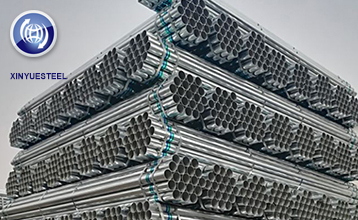Cost-side performance is stable, it is difficult to squeeze the profits of coke companies
Sep. 14, 2020
When floods occurred in the south and the coal market was in a downturn, some coal mines reduced production and the oversupply of coking coal eased slightly.
In August, the operating rate of coal washing plants dropped slightly from July. As of September 2, the operating rate of the sample coal washing plant was 77.21%, a week-on-week increase of 1.25%, which was lower than the same period last year. In terms of imported coal, my country imported 7.368 million tons of coking coal in July, a month-on-month increase of 17.77% and a decrease of 4.90% from the same period last year. From January to July, my country's cumulative import of coking coal was 45,493,400 tons, a cumulative increase of 3.25% year-on-year.

Looking at different countries, in July, my country imported 4,475,800 tons of coking coal from Australia, an increase of 57.88% month-on-month and 13.14% year-on-year. From January to July, my country imported 28.593,000 tons of coking coal from Australia, a cumulative year-on-year increase of 53.83%. Judging from the import data in June and July, the import volume of coking coal has shown a positive month-on-month increase, which shows to a certain extent that the recent policy of flat control of imported coal will have a smaller impact on coking coal.
On the whole, the oversupply of domestic coking coal has eased slightly, but the impact of imported coal is still large, and coal prices lack the driving force for rebound; the downstream coke market is more optimistic, and the start of coke ovens supports the demand for coking coal, causing coking companies to depress coking coal prices Will weaken. Therefore, in the absence of more speculation factors, it is difficult for the price of coking coal to rise and fall, and it is expected that the overall price will remain stable.



